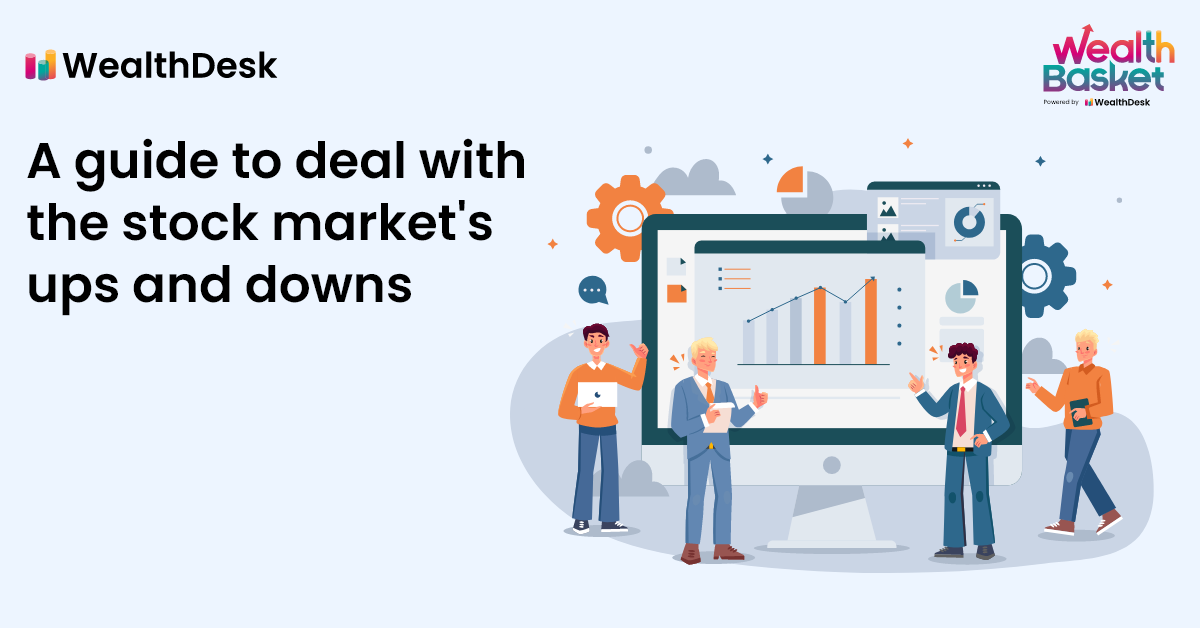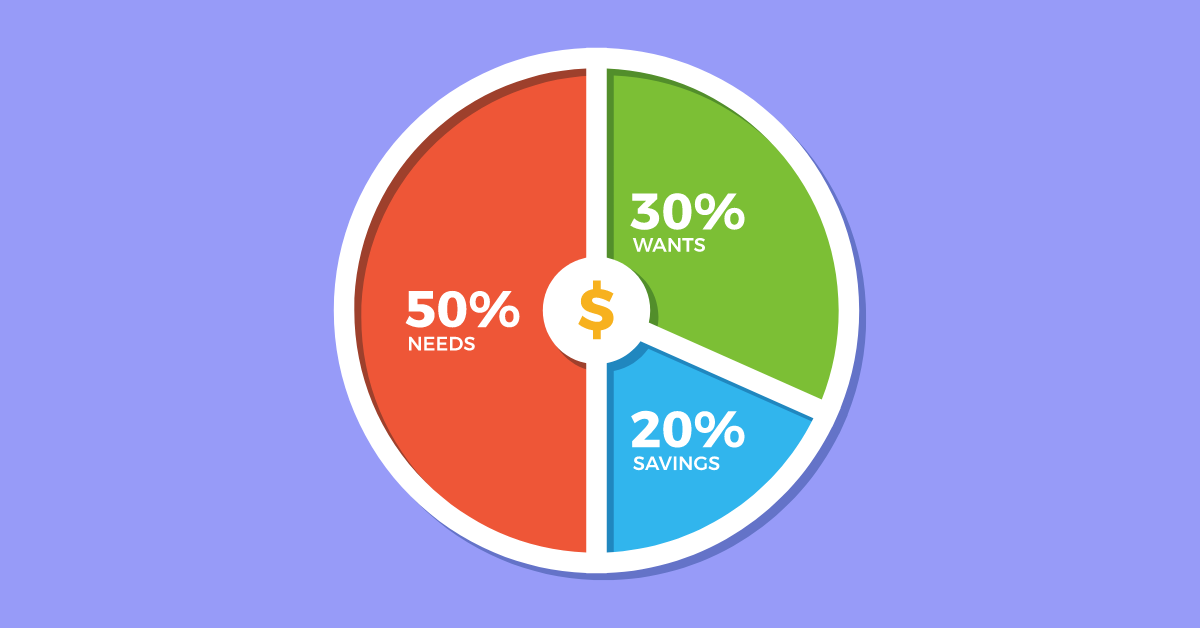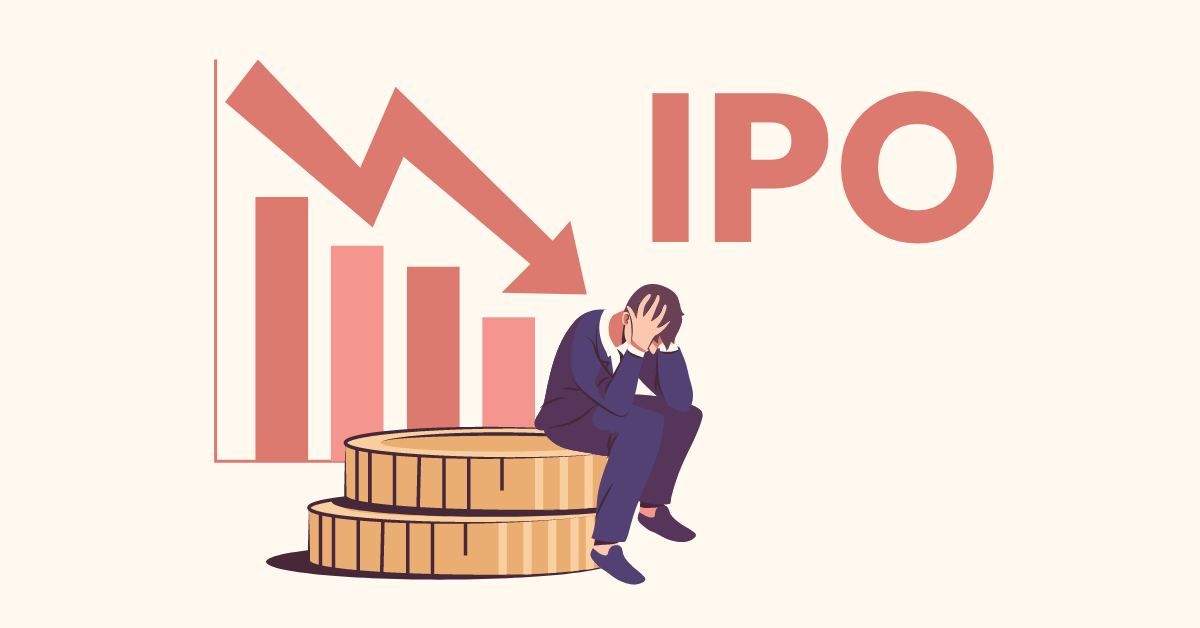National Stock Exchange (NSE) (established in 1992) and Bombay Stock Exchange (BSE) (1957) are the two recognized exchanges in the Indian stock market. After following the official listing procedure through an Initial Public Offer (IPO), a company starts trading at these exchanges; the same can be traded through an investor’s Demat account.
Stock exchanges have their benchmark index that comprises blue-chip stocks and is calculated by assigning different weights to each. These benchmark indexes are:
- SENSEX: It comprises 30 stocks listed on the Bombay Stock Exchange (BSE). The index is referred to as a reflection of the movement of the Indian stock market.
- NIFTY: Nifty is the index of the National Stock Exchange (NSE). It consists of the 50 largest stock tradings on NSE. Nifty movement also reflects the up and down in the stock market, which essentially entails the expectations of the performance of the corporate sector.
Understanding Market Swings
Markets have a dynamic nature. Stock Market Index represents the market movements. Share market ups and downs can be understood by analyzing the index itself. For a retail investor, it is difficult to keep an eye on all the shares of the markets. An index helps in identifying the overall market direction. As these indices consist of some of the largest stocks, just the index performance helps understand the whole market picture.
How can you know the share market ups and downs?
This is one of the most fundamental questions asked when new retail investors begin their stock investment journey. With some clarity on the index concepts, the investor begins to understand the direction of the markets. The Indian stock market has come across a few major stock market crashes where the index itself identified that the market was down.
It is important to understand price patterns through technical analysis.
Stock Market Crash
An unexpected drop in stock prices or a substantial drop in the stock market level compared to the general daily movement is a stock market crash. A stock market crash can occur due to an economic event, political situation, or some disaster. This creates fear among the market participants, which leads to the withdrawal of funds from the stock market.
| Year | Single-day drop in SENSEX | Why did SENSEX crash? |
| 1992 | 570 | Harshad Mehta scam |
| 2008 | 1070 | Housing market bubble in the US |
| 2015 | 1624 | Worries related to China’s economy and Yuan devaluation |
| 2020 | 3943.7 | COVID-19 pandemic |
Managing Market Swings
Ups and downs are the basic characteristics of any share market in the world. For a retail investor, it is imperative to understand the overall market situation. Thus, understanding the index helps in the longer run. To deal with market swings, an investor should:
- Define investment objective: Each investor has its investment parameters regarding risk willingness, investment tenure, and investment goal. A clear investment objective helps in determining a sound trading plan.
- Create a well-diversified portfolio: There are two types of risk associated with stock market trading, a risk that affects the overall market and a sector-specific risk. To mitigate the sector-specific risk, a well-diversified portfolio across different sectors helps an investor.
- Rebalance as and when required: Each stock in the portfolio has its objective threshold and its company-level factor affecting it. To keep it in check from time to time, a calculated rebalancing of the portfolio is done.
- Have an exit strategy: Creating a unique portfolio befitting your goals is not enough. Well-defined parameters regarding when to exit from the market are a must. To successfully implement a trading plan, knowing when portfolio objectives are fulfilled needs to be clearly defined.
These steps can help investors create a sound portfolio and investment strategy. Share market ups and downs will keep happening, no matter what stage of your stock market investment journey you are at.
If you want a cost-effective and expert solution for the requirements mentioned above, visit WealthDesk. Here, you can invest in varied forms of investment alternatives, depending upon your risk profile and tenure of investment. These investment alternatives are called WealthBaskets, which are curated portfolios designed through extensive research and expertise by SEBI registered advisers.
What are WealthBaskets?
A WealthBasket is a basket of equities or ETFs designed for different investment objectives. Depending upon your investment criteria, you can choose from the different WealthBaskets. Be it short-term or long-term, risk-averse or risk-taker – WealthBasket has all under its umbrella of portfolios.
Here are some of the key benefits of WealthBaskets:
Expertly crafted and monitored
SEBI-registered professional advisors create these portfolios of stocks or ETFs. As per market trends and movement, these portfolios require adjustments to keep the investment objective on track.
Rebalanced as required
Any portfolio created carries different stocks or ETFs. Apart from the market dynamics, each constituent of the portfolio has its internal dynamics. Depending on each aspect, a readjustment or tweak in the portfolio is required and done from time to time.
Caters to different investment strategies
Whether the investment strategy is short-term, long-term, risk-taking, or risk-averse, these baskets have a formulation suitable for various kinds of investor profiles.
Thoroughly researched
As these baskets are created and managed by experts, it is thoroughly researched at the time of creation. Moreover, there is always ongoing research conducted by experts to identify and cater to any rebalancing requirements.
Transparent
These baskets are the portfolio of equities or ETFs, which, when bought, are reflected in an investor’s Demat account. Similarly, all the associated charges can be seen in the trading activity sheet. So the transparency of the baskets remains on the higher side, especially in comparison to other investment vehicles like mutual funds.
Conclusion
For a retail investor who wants to invest in the Indian stock market but lacks either the knowledge or the time to execute a trading plan properly, WealthDesk can be the ultimate answer. With WealthBaskets, an investor can invest in an expertly crafted portfolio, with alerting mechanisms, as and when rebalancing is required. Unlike mutual funds, the shares or ETFs remain in the investor’s Demat account for monitoring and understanding what is happening to the portfolio.
FAQs
If you have a well-defined investment strategy, a diversified portfolio, and a long-term investment horizon, whether the stock goes up or down, chances are you will make profits. The aim should be to build an expert-level portfolio and rebalance it from time to time.
In India, we have two major stock exchanges, NSE and BSE. Both these stock exchanges have their Index, Nifty and Sensex, respectively. Whether the stock market is up or down can be read through these indices. The direction of the index reflects whether the market is up or down.
Investors often come across the saying that stock market investment is a zero-sum game. But if an investor follows the basic principle of investments, keeps the investment diversified, and rebalances, when needed, the stock market can help in the creation of significant wealth.


















